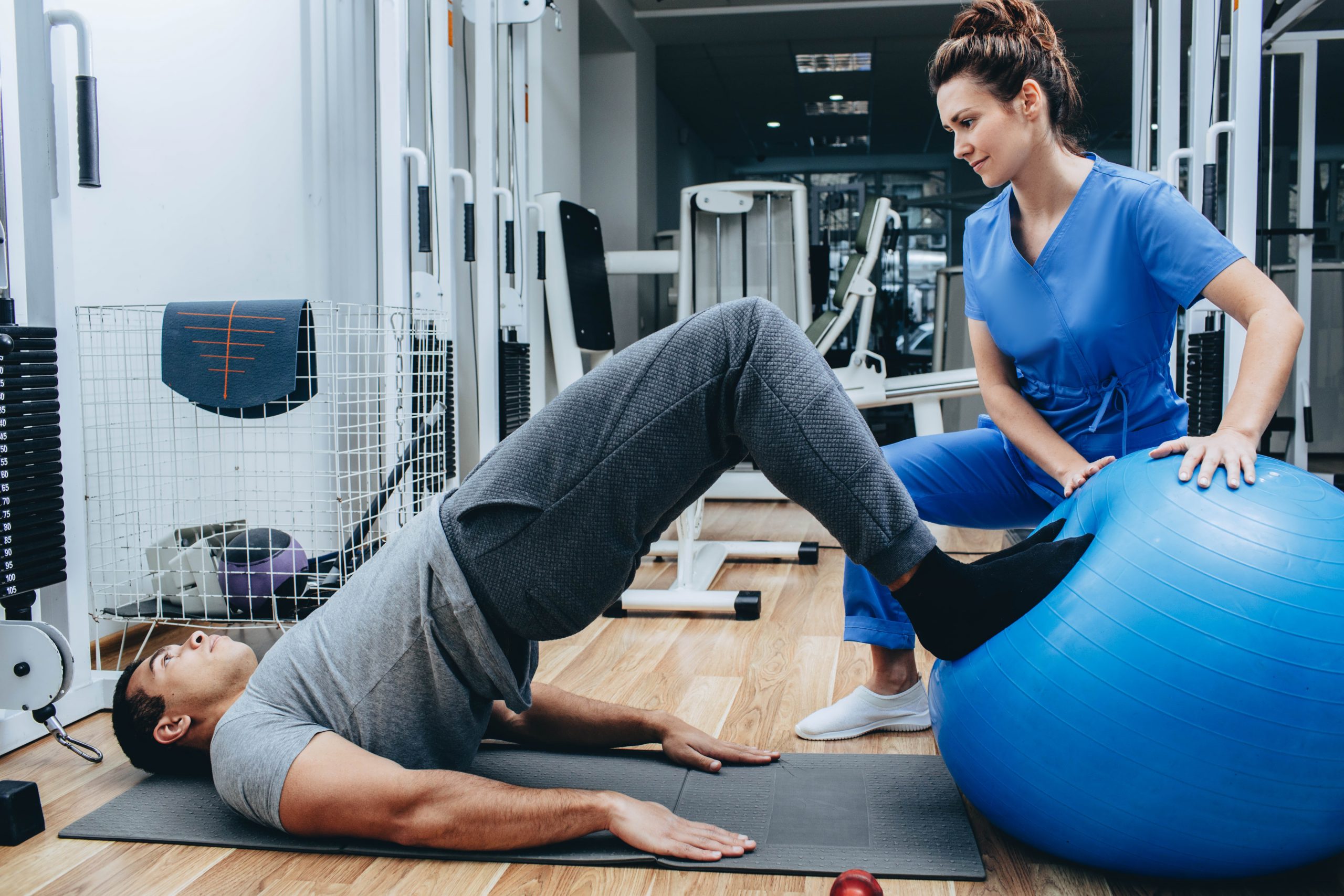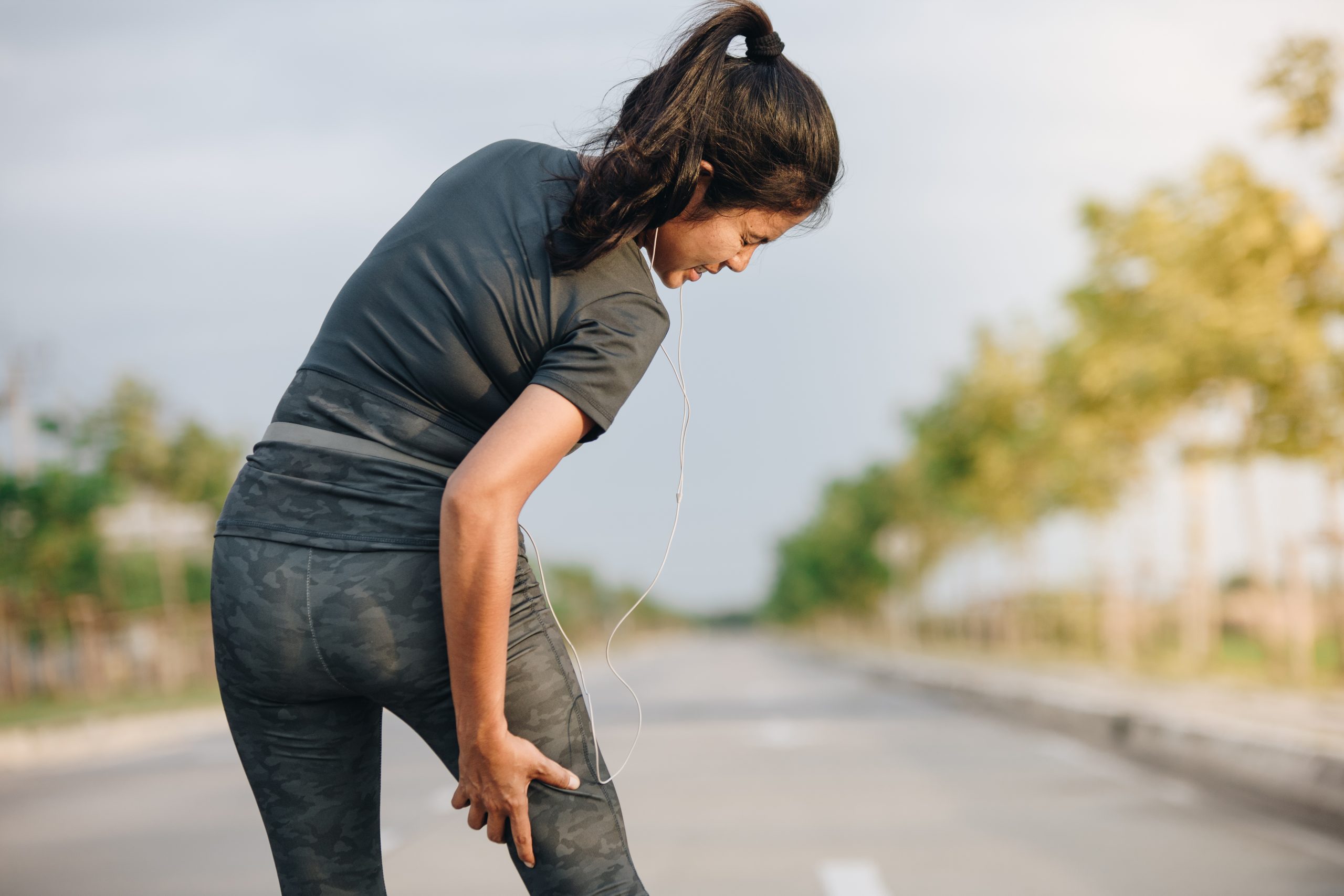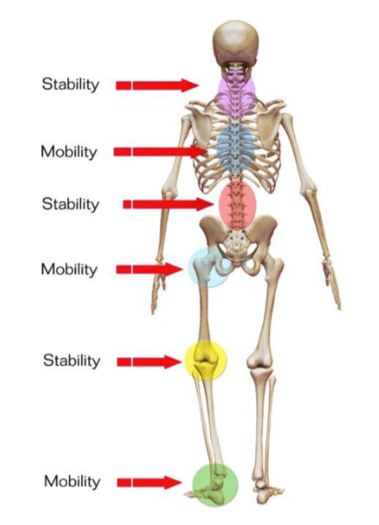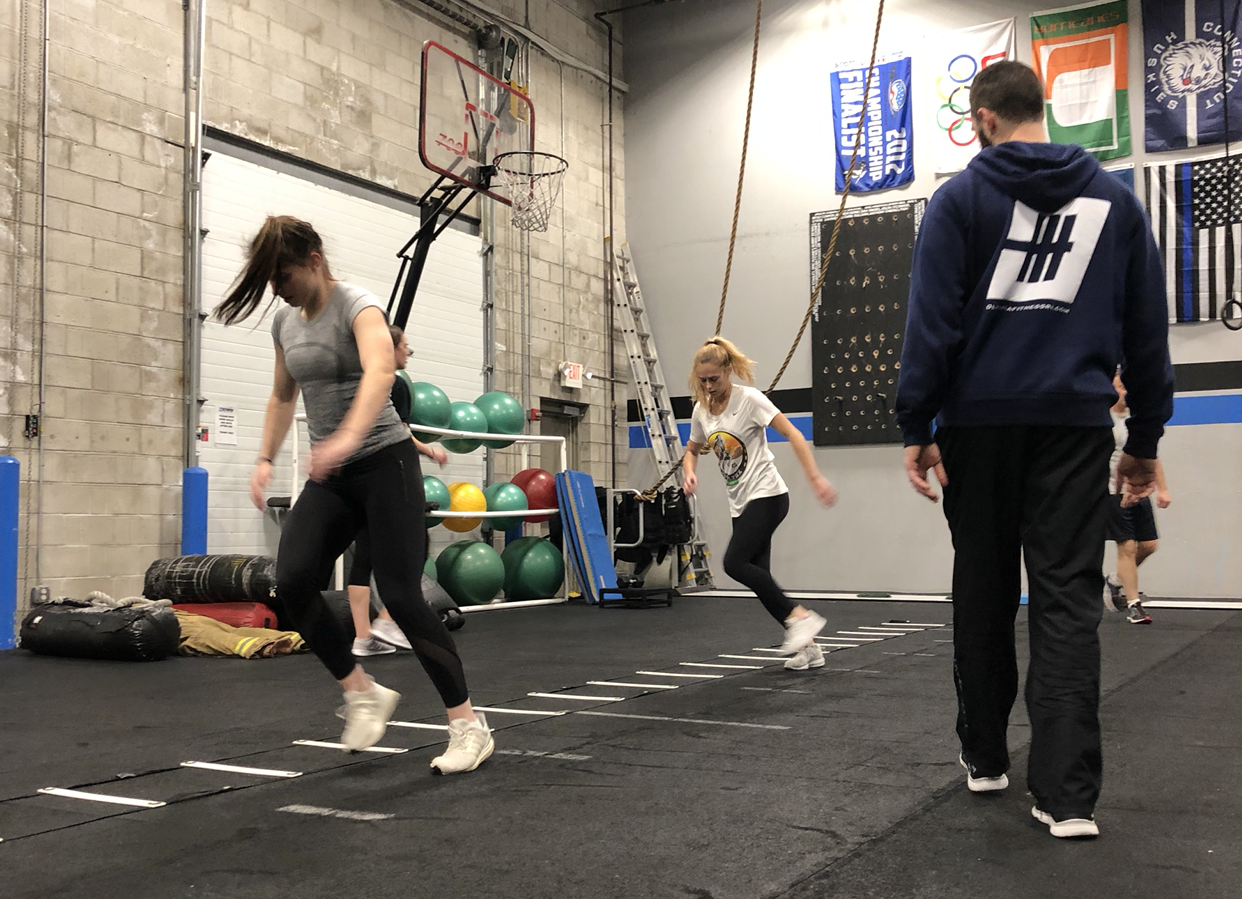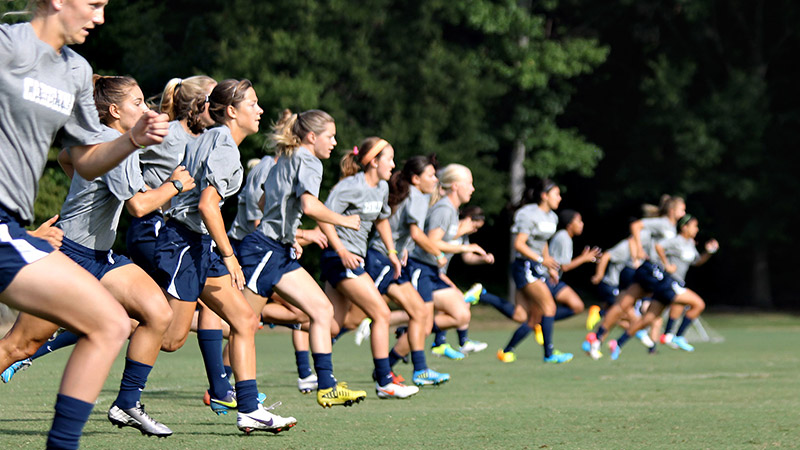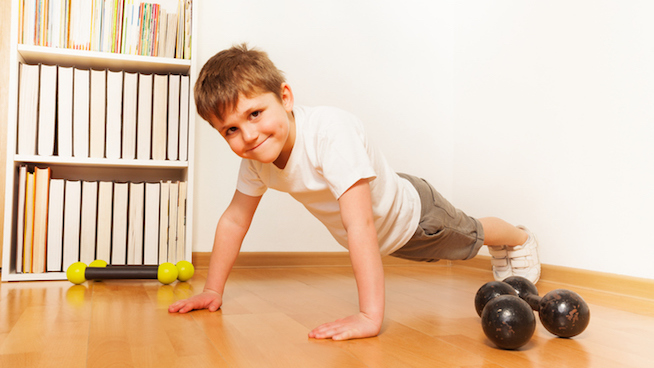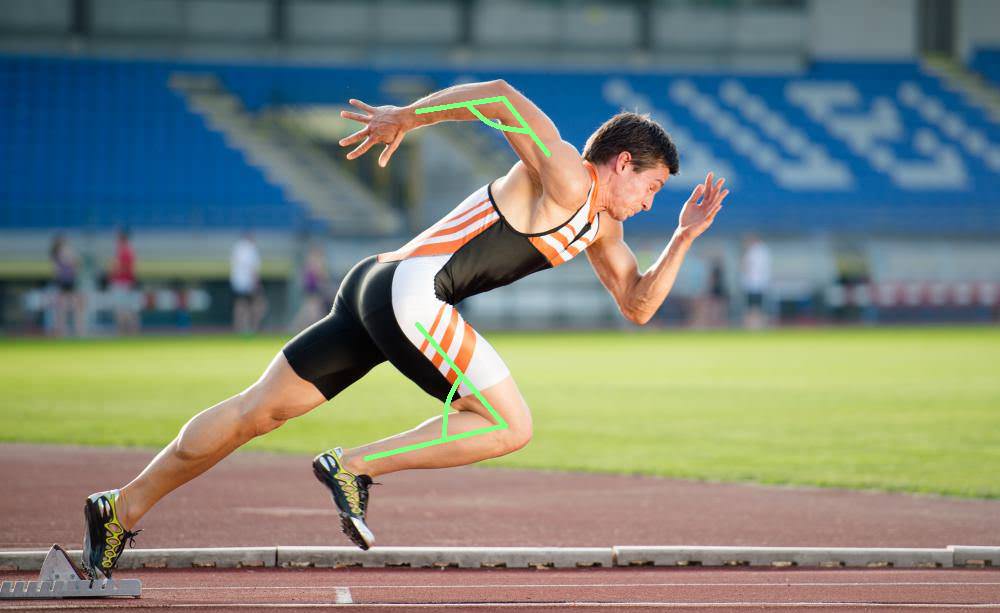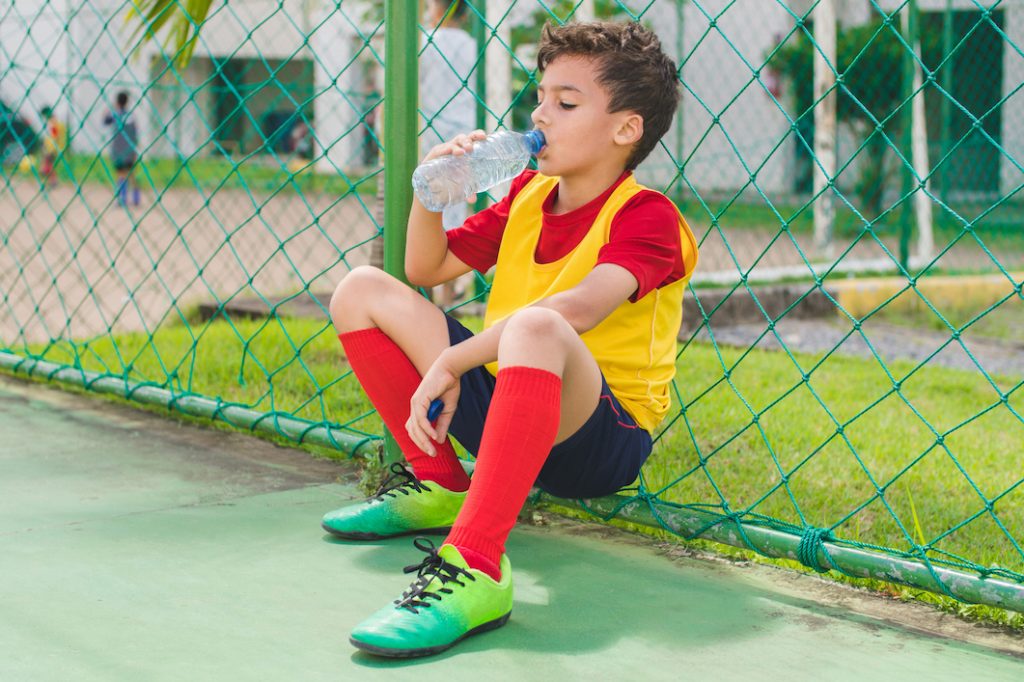Baby Steps: Quality Post Rehab Fitness
Small Quality Baby Steps In today’s world we want everything in an instant. From what we eat to our online orders, we want things as fast as possible. This same principle applies to us after an injury or when we’re suffering from pain. We all want the fastest route to the state we were in prior to the injury or pain, but what many people fail to realize is that getting things quickly comes at a cost. The cost when it comes to post rehab training is that if we
5 Training Tips for In-Season Athletes
A common misconception is the belief that athletes should stop training entirely while they are in-season. It’s always a headscratcher when an athlete I’ve been working with is steadily progressing, then I get the “hey coach, I’m going to stop training because my season is starting” message. Of course, collegiate athletes heading back to school who have their specific strength programs are an exception. This usually applies to adolescent and high school athletes whether they are single-sport or multi-sport athletes. It’s foreseeable that in-season athletes schedules will be hectic due
Hamstring Injuries Are No Joke
Hamstring injuries are no joke and can linger longer than athletes want. We all know athletes who have had hamstring injury issues that seem to never go away. They’re one of the most common injuries among athletes and studies have shown that reoccurrence rates of these injuries are high as well. With these two ideas in mind, hamstring injury prevention should be top priority for athletes who sports require them to complete high intense sprints and changes of direction. To start off, we need to know what the hamstrings do. The
Does Your Behavior Match Your Goals?
As a strength and conditioning coach, I work with a variety of people who have lofty goals—including losing weight, hitting a certain body fat percentage, playing a D1 sport in college, or passing a municipal physical performance test. Many people are clearly focused on their goal and act accordingly; they plan ahead, they complete training sessions no matter how tired or busy they are, and they take charge of all of the details outside of the gym (sleep, hydration, nutrition, stress management). Others clearly have some type of internal conflict, because their
4 Things to Help Reduce Risk of ACL Tears
ACL tears have been plaguing athletics for quite some time. Over the past 30 years, high school sports participation has increased, and ACL injuries have skyrocketed as a result. Each year, somewhere between 100,000-200,000 athletes in the United States suffer this devastating injury. Anyone who’s been through it will likely tell you the aftermath is worse than the injury itself. This aftermath includes the emotional toll, costly surgical repair, long rehabilitation process, missing out on social life, impatience and agitation, and the list goes on. What Causes ACL Tears? The knee joint
Sports Training Success Stories, The True Benefits of a Strength Coach
We live in a time where we see everyone’s highlight reel on social media. We constantly see the best things that happen to everyone and the things that they want to share to build the public perception that they want to convey. All too often I feel that this is also the story that is painted about athletes that train at facilities like ours. Because we see them making commitments to college athletic programs or winning big tournaments, the perception is that training is for athletes who are elite, or
The Importance of Aerobic Fitness in Soccer
Soccer is a game of performing short bursts of high effort sprints and changes of direction over 90 or more minutes. Because of the nature of the sport, lately I’ve seen a lot of social media posts and players emphasizing only training as such, doing repeated short distance sprints or different types of shuttle runs. Although this will still help players, they’re missing out on a giant component of their match fitness, aerobic fitness! Aerobic fitness is simply a players ability to use oxygen to create energy to sustain the activity
Sports Training for Kids: “Aren’t They Too Young”?
“Is my child too young to start working out”? This is a question that parents often ask. Many people see the opportunity for their child to improve athletically with strength training, but wonder if they will be doing more harm than good. This is a legitimate concern because the last thing that any parent wants is to cause harm to their child, especially if the intention was good. The research tells us a different story though, one that says that we’re actually helping prevent future injury by getting kids involved
Three Common Sprinting Mistakes
Coaching speed is something I became very passionate about because I believe that speed is the foundation of athleticism. Whether you are a multi-directional sport athlete or a track athlete, fine-tuning your running mechanics will significantly improve your overall athleticism. Thinking back, I can’t recall any of my gym teachers or coaches taking the time to teach running mechanics. Maybe the same is true for you. It was always just “GO GO GO” without any concrete teaching. If the performance was unsatisfactory in their eyes, they would just yell “run
The Top 3 Exercises for Developing Young Athletes
Strength and conditioning is no longer the property of top tier professional and D1 athletes. Each year the understanding of how important it is to the development of young athletes becomes more common knowledge. Many high school programs even have their own strength and conditioning coaches to help get the most out of their athletes and keep them safe on the field. So since its common knowledge then every young athlete must already be doing it right? When our athletes go off to play sports in college, we’re always amazed to


